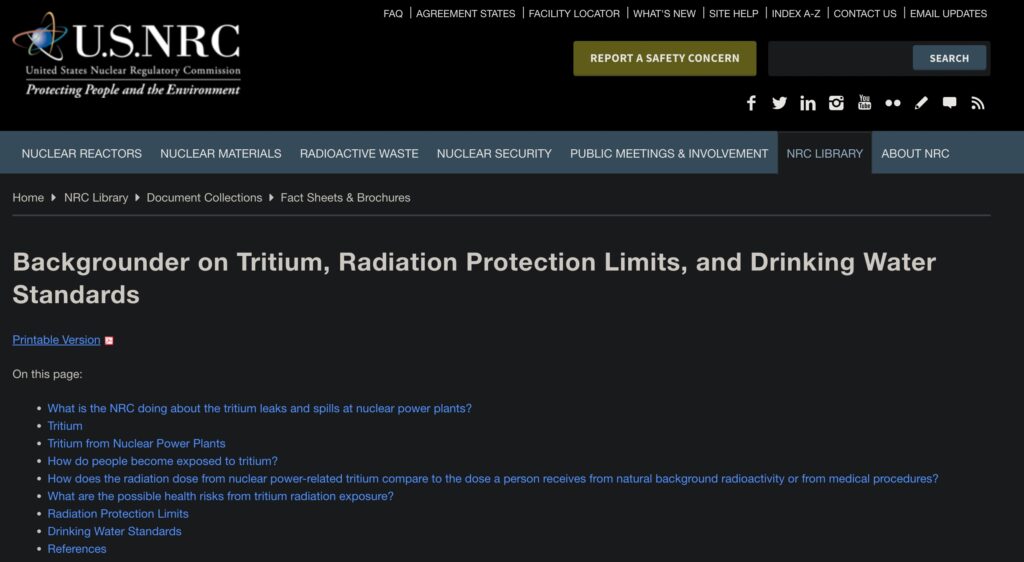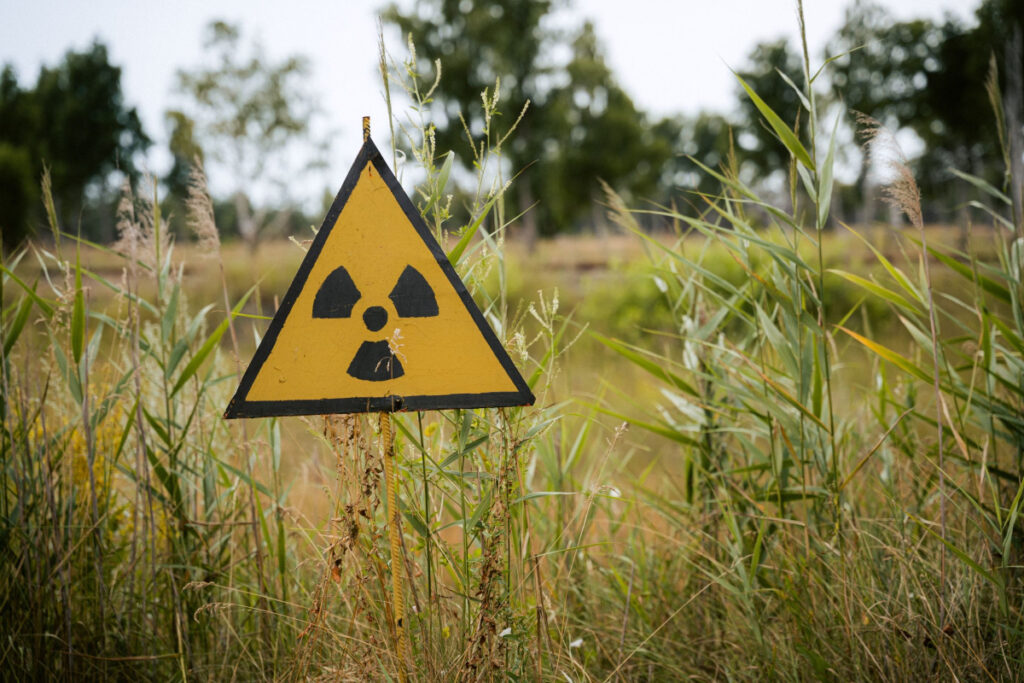A Minnesota nuclear power plant experienced a radioactive leak of titrium, and state officials waited nearly four months to reveal what happened to the public. The news has left residents and others concerned, but officials say there was never a danger to the public.
The Leak Was First Discovered in November
Xcel Energy discovered the leak at the Monticello nuclear power plant on November 21, 2022, BBC reported. But state officials didn’t notify the public until Thursday, March 16, 2023.
That means it took nearly four months to tell the public about the leak, which involved water containing tritium, BBC reported. About 400,000 gallons of radioactive water was leaked, AP News reported, but was not at the threshold requiring telling the public.
Chris Clark, president of Xcel Energy-Minnesota, North Dakota, and South Dakota, said: “If at any point there had been concern for the public safety, we would of course, immediately have provided more information. But we also wanted to make sure we fully understood what was going on before we started raising any concerns with the public around us.”
Meanwhile, state officials told BBC they waited so long to go public because they wanted more information. They said there was no immediate health risk to the public and the water is contained to Xcel’s property.
AP reported that state officials were waiting to determine the source of the leak, along with additional details, before going public.
Michael Rafferty of the Minnesota Pollution Control Agency said in a statement to AP: “Now that we have all the information about where the leak occurred, how much was released into groundwater and that contaminated groundwater had moved beyond the original location, we are sharing this information.”
Rafferty added that they decided to go public now because they know what steps are being taken to control it, along with remediation plans.
Xcel Energy said in its own statement that the leak was “fully contained on-site and has not been detected beyond the facility” and it “poses no health and safety risk to the local community or the environment,” BBC reported.
City officials said they didn’t learn about the leak until the end of February, BBC reported.
The leak occurred in a pipe at the Monticello plant about 35 miles from Minneapolis. Xcel Energy said it notified the NRC and the state on November 22, one day after discovering the leak.
What Is Titrium?

According to the U.S. Nuclear Regulatory Commission (NRC), tritium is a byproduct from nuclear power plants. It also occur snaturally in the atmosphere and is found in trace amounts of groundwater worldwide. NRC notes: “Tritium emits a weak form of radiation, a low-energy beta particle similar to an electron. The tritium radiation does not travel very far in air and cannot penetrate the skin.”
The NRC goes on to note that nuclear power plants have reported “abnormal” tritium water releases that contaminated the groundwater, but plants also may “routinely and safely release dilute concentrations of tritiated water.”
They note that “everyone is exposed to small amounts of tritium every day” due to it occurring naturally, and the doses from nuclear power plants are “much lower” than natural background radiation or exposure from medical procedures like X-rays.
But does it pose a public health danger?
NRC writes: “The NRC agrees with national and international radiation protection regulatory agencies that any exposure to radiation could pose some health risk. This risk increases with exposure in a linear, no-threshold manner… Public health research, however, has not established health risks at low doses and low dose rates – below about 10,000 mrem…The NRC calculated a maximum annual dose of less than 0.1 mrem to a member of the public from a significant tritiated water spill at the Braidwood Station nuclear power plant in Illinois. This dose is well below the NRC’s 500 mrem dose limit for declared pregnant workers at nuclear facilities and the 100 mrem annual dose limit for members of the general public.
Residents Concerned About Delayed Notification
Although officials are assuring the public that there was no danger of the leak getting into the drinking water, members of the public still feel they should have been informed earlier.
Shelby Burma, who lives only minutes away, told AP: “I think it’s pretty alarming that they did not notify the public right away. They said it won’t cause any harm, but that’s hard to believe when they waited how long to go public with it.”
Want to chat about all things post-apocalyptic? Join our Discord server here. You can also follow us on Facebook or Twitter. Oh, and TikTok, too!


Leave a Reply